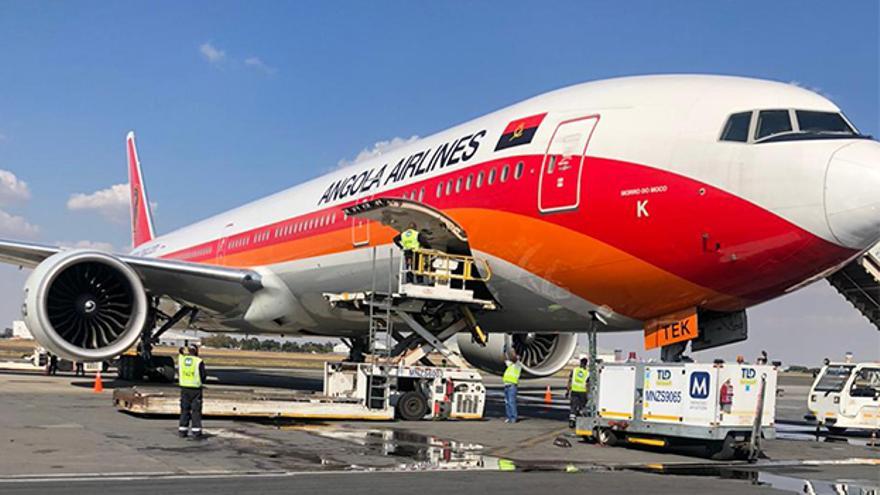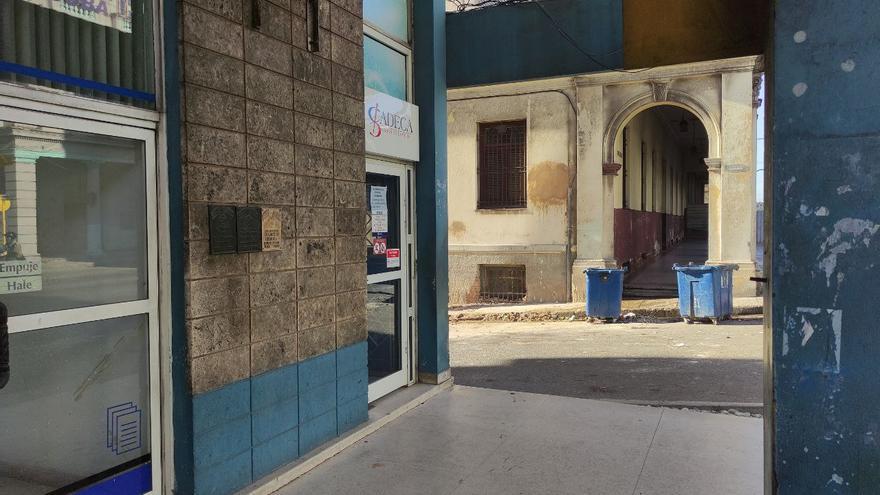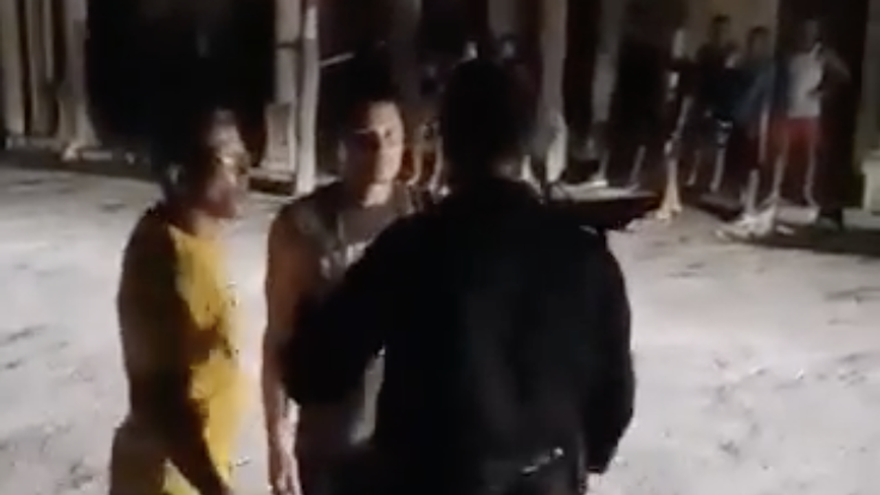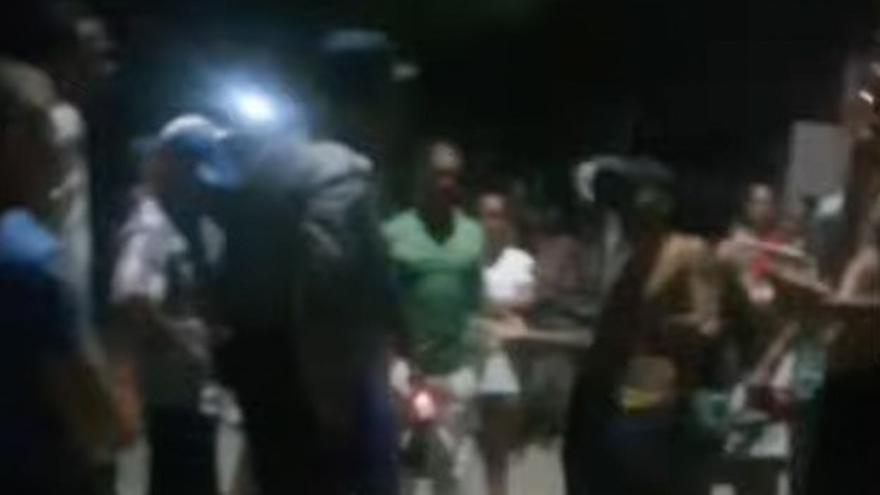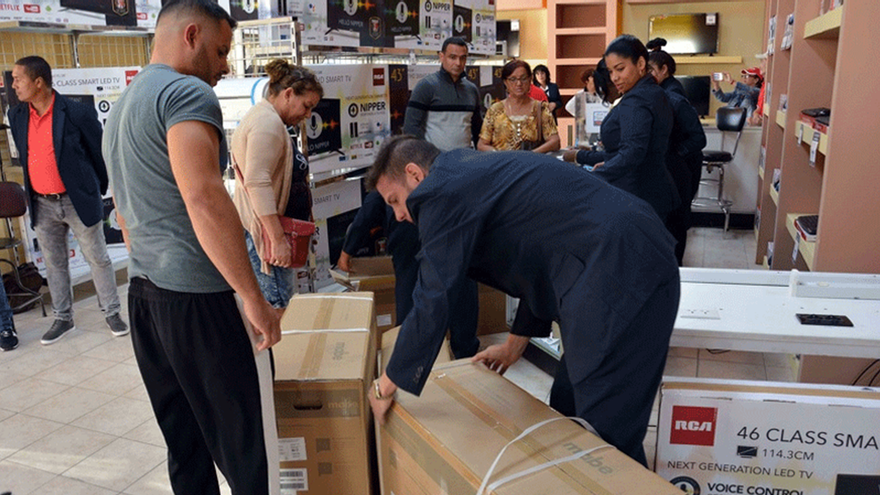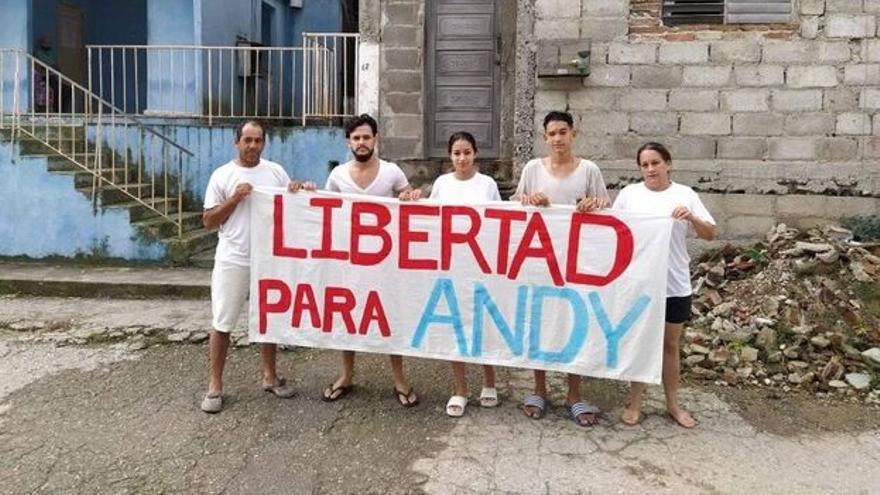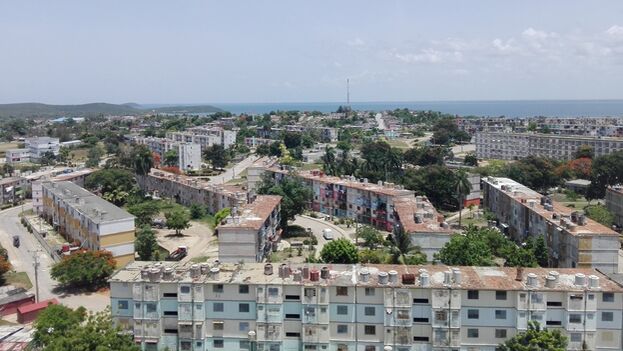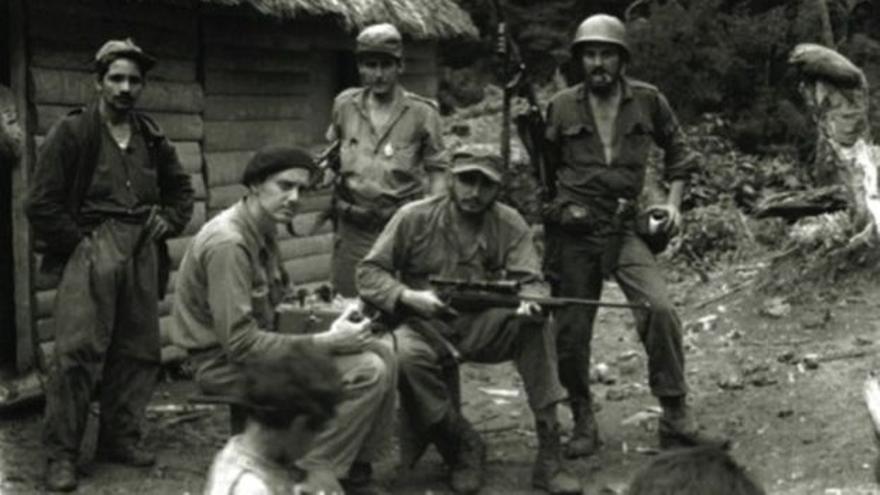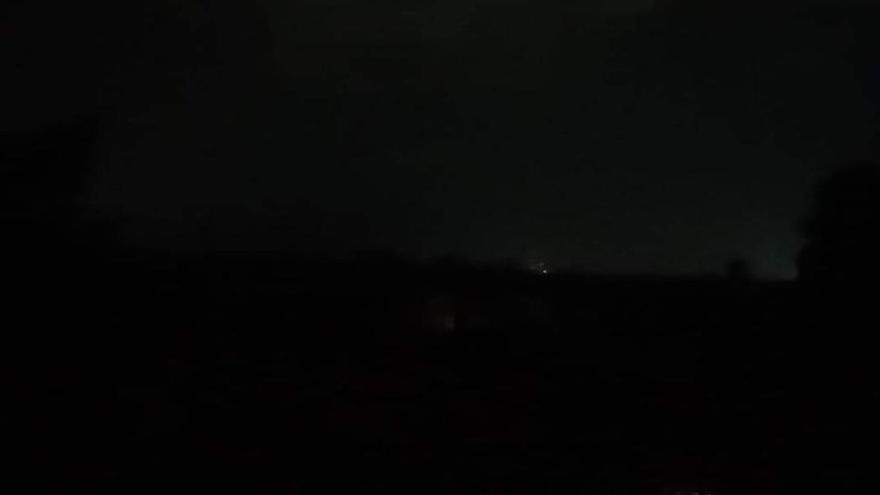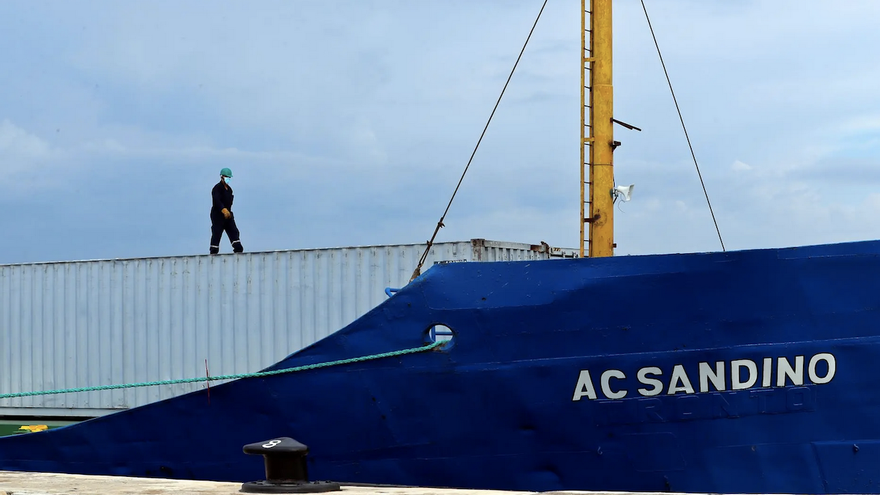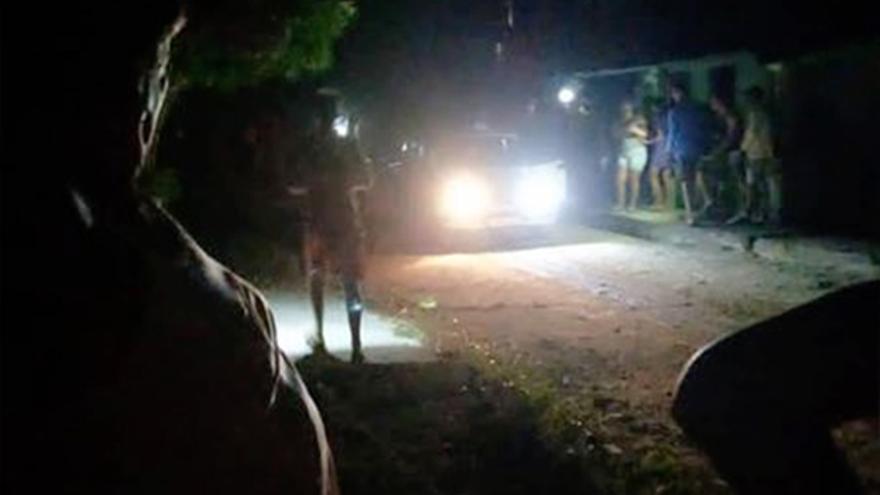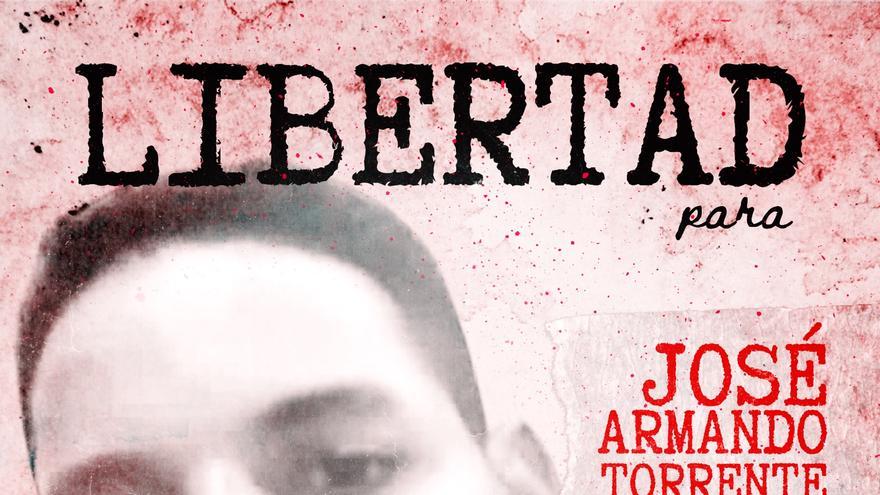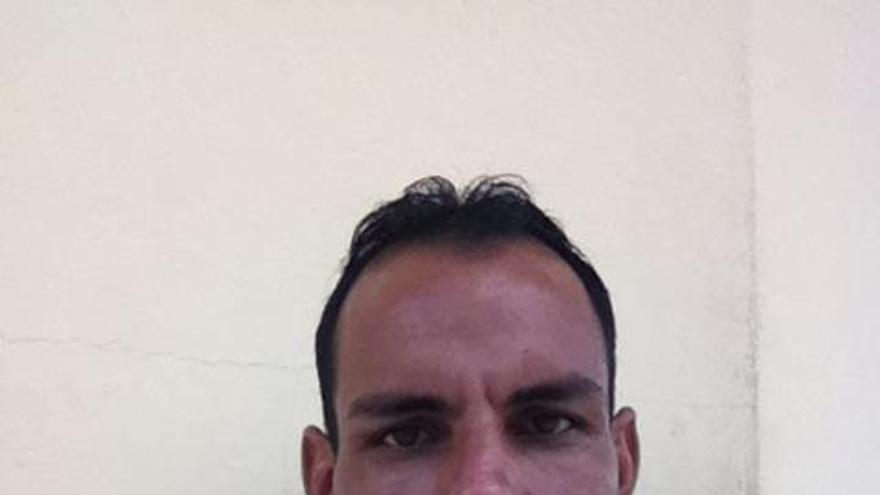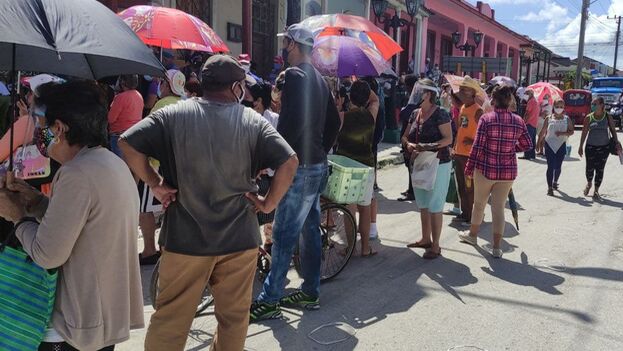If a caveat is allowed to be introduced from the first moment, the informative note says that “the foreign exchange market is the space where foreign currency is bought and sold, which allows the national currency and foreign currencies to be connected” and well, here the first “technical” error occurs when affirming that the market is a space.
It’s not true. Economic science says the opposite. It’s not a physical space, it’s something else. To associate the market with a spatial and even temporary reference is to trivialize something that operates so that millions of decisions by economic agents, expressed in terms of supply and demand for all products and services, reach a simultaneous balance that leaves everyone in a better position. And it’s not necessary for it to have any “physical space.”
Then the equilibrium price of this market, somewhat different from the price of malanga or yam, which establishes the exchange rate between the different currencies and the national currency, depends, as in any market, on the position of supply and demand for foreign currency. As the ministry’s note points out, in this market, “the providers of currency are export companies, foreign visitors, recipients of remittances and other agents who receive foreign currency, while the demand comes from agents of the economy who need to import, travel abroad or who require foreign currency for other purposes.”
I certainly don’t get their accounting. Does the ministry really believe that these are the only providers and demanders of foreign currency? They fall short and leave out more than 80% of operators. In this market, if demand exceeds supply, the exchange rate of the national currency will fall, and vice versa. continue reading
But really, the exchange rate market is much more than that, and Cuban communists don’t seem to be clear in their note about the true meaning of the exchange rate, which is nothing more than the factor that establishes a relationship between the value of the national economy and that of other, foreign economies.
They talk about the connection of the productive agents with the outside world, both for their needs for input through imports and for the sale of their production through exports. But there is much more to that relationship between internal and external supply than these commercial issues, and not taking them into account is another big mistake. For example, access to financial and capital markets is a matter of primary relevance and doesn’t appear anywhere in the note.
The recommendation, therefore, is that rather than taking into account supply and demand, attention must be paid to a series of variables and indicators that influence the determination and evolution of the relative prices, which are the exchange rates.
And to do this, an exchange rate policy must be designed that is related to and, at the same time, serve the achievement of the rest of the objectives of the national economic policy. The question is, does anyone know what those objectives are and what is supposed to be achieved? We’re in bad shape.
There are few things that are true in the ministry’s note, but one of them, perhaps the most obvious, is to recognize that the market and its exchange rate have an influence on all the prices of the economy. But the influence is much more than that, and as is being seen in Cuba, its greatest effect on prices is inflation, which is pushed upwards, unfairly, depending on the access to foreign exchange by different sectors of the population.
But, in turn, rising inflation deteriorates the exchange rate; therefore, the interdependence between the two poses a danger to achieving exchange-rate stability and controlling inflationary pressures. What came first, the chicken or the egg?
While Cuban communists try to find the answer, the conclusion is that when an exchange market is inefficient and doesn’t function properly, it generates distortions that prevent the fulfillment of the aforementioned objectives, limiting productive capacity, economic growth and development of the country. They should get to work as quickly as possible.
As for the legal or illegal access referred to in the informative note, of economic agents to foreign exchange, offering security, confidence and transparency, there is a clear commitment to putting an end to the only market that has worked since the entry into force of the Ordering Task* (and therefore, the foreign exchange market), which is the informal one, which began exchange services as soon as the Central Bank, bank branches, official exchange offices and airport offices stopped doing so. Aggression towards the informal market is a real threat that can pose an eventual repression of people engaged in these activities, which would not only be unfair, but also inefficient. Who is going to sell dollars in Cuba?
The note insists on the need to create and develop an official exchange market for the Cuban economy, but this is counterproductive, since it doesn’t seem necessary to remind government leaders that this market already exists. It was defined with a fixed official exchange rate of 1X24 and entered into force on January 1, 2021, with the beginning of the ordering task (it was one of the measures included).
Therefore, recreating what has already been created is a meaningless double back that should be translated into reality, which is none other than assuming the failure of the first launch and announcing this second, which looks like it won’t end well. For now, the regime begins to operate only with an exchange rate, which they say is “economically substantiated” but only for foreign exchange transactions and at only one address for the purchase of foreign currency. The sale is neither there nor is it expected.
The note attributes to the foreign exchange market two functions that, at this point, look like a chimera. The first is to ensure that the national currency allows access to all the goods and services of the economy, and to this end, dollarization is eliminated. This is a difficult issue as long as the regime itself continues to support and encourage the stores that sell in MLC [freely convertible currency].
The minister declared in the national assembly that 70% of the country’s monetary circulation moves in Cuban pesos, while the remaining 30% do so in MLC. Returning to stability positions from these levels can be much more complicated than it seems. Dollarization and stores in MLC are a business for the regime that will hardly change.
The second function is to ensure macroeconomic balance. This is the one sensible thing contained in the information note, but we are very afraid that it’s quite impracticable. The note says that progress must be made in reducing the fiscal deficit and monetary issuance. Perfect, what prevents the communists from lowering the deficit of 11% of GDP reached in 2021, more than double that of 2019?
There is no COVID-19 cost that justifies an expansion of spending of this magnitude, whose objective, as seen, has been to sustain GDP growth by 1.3% in the budgeted sector, while productive activities remained inert.
The note also refers to other functions, such as an alleged resizing of the state sector based on greater efficiency and effectiveness of public spending, and the control of wages without productive support, excessive profits and payments to private individuals, among other factors. It’s hard to believe that the foreign exchange market can be used for all this, but if they say so, let them do it, because it’s necessary to put order as soon as possible in an economy that doesn’t work.
The note concludes by pointing out that the ultimate goal should be to constitute an exchange market for the entire economy with a single exchange rate that guarantees the connection with foreign currencies of the national currency. In fact, this scenario, described in these terms, has not been presented in Cuba in a stable way since 1959.
Before that date, it should be remembered that the dollar and Cuban peso were on parity; that is, they were quoted at the same value. The same regime that started in 1959, which is still in power in 2022, makes no presence of facing this issue.
And they recognize that the implementation of the foreign exchange market is only a small part “of a much larger scaffolding, where no isolated measure alone will bring satisfactory results.” I totally agree. Once again, the lyrics seem well written, but then, as in so many other times, the music is out of tune. What a pity. The foreign exchange market will be another problem in a not very long time.
*Translator’s note: The “Ordering Task” (tarea ordenamiento) is a collection of measures that include eliminating the Cuban Convertible Peso (CUC), leaving the Cuban peso as the only national currency, raising prices, raising salaries (but not as much as prices), opening stores that take payment only in hard currency which must be in the form of specially issued pre-paid debit cards, and a broad range of other measures targeted to different elements of the Cuban economy.
Translated by Regina Anavy
____________
COLLABORATE WITH OUR WORK: The 14ymedio team is committed to practicing serious journalism that reflects Cuba’s reality in all its depth. Thank you for joining us on this long journey. We invite you to continue supporting us by becoming a member of 14ymedio now. Together we can continue transforming journalism in Cuba.

![]() 14ymedio, Havana, 22 August 2022 — Cuban boxer Billy Rodríguez traveled to Mexico with one goal: “to come out victorious and then enjoy myself,” he stated in an interview with the official site Jit. He showed his qualities last Friday in his professional debut against Miguel Ángel Luna, whom he beat by a technical knockout, and with his escape he gave another hook to the liver of the boxing team Domadores de Cuba.
14ymedio, Havana, 22 August 2022 — Cuban boxer Billy Rodríguez traveled to Mexico with one goal: “to come out victorious and then enjoy myself,” he stated in an interview with the official site Jit. He showed his qualities last Friday in his professional debut against Miguel Ángel Luna, whom he beat by a technical knockout, and with his escape he gave another hook to the liver of the boxing team Domadores de Cuba.
